Uncategorized
-
 Archaeology
Archaeology‘Fruit from the Sands’ explores the Silk Road origins of apples, tea and more
A new book explains how many of today’s popular foods got started on Central Asia’s ancient Silk Road trade networks.
By Bruce Bower -
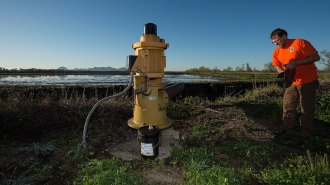 Earth
EarthU.S. wells are pumping up groundwater from increasing depths
Around the United States, groundwater wells are getting deeper in search of new sources of freshwater, a new study shows.
-
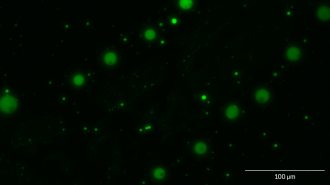 Chemistry
ChemistryDroplets of these simple molecules may have helped kick-start life on Earth
Simple molecules called alpha hydroxy acids form cell-sized structures in conditions mimicking early Earth chemistry.
By Carmen Drahl -
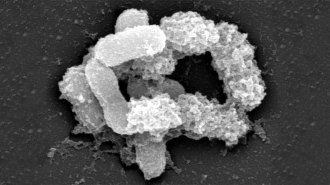 Neuroscience
NeuroscienceBoosting a gut bacterium helps mice fight an ALS-like disease
Gut bacteria may alter ALS symptoms for good or ill.
-
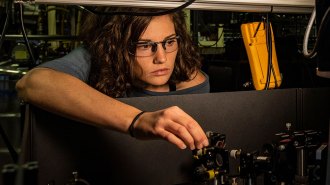 Physics
PhysicsIncreased control over ions’ motions may help improve quantum computers
Scientists precisely manipulated the ion’s oscillations and energy levels, a key step toward building better quantum computers.
-
 Planetary Science
Planetary ScienceIndia’s first lunar lander is on its way to the moon
India’s Chandrayaan 2 mission just launched, hoping to become the first Indian spacecraft to land on the moon.
-
 Health & Medicine
Health & MedicineBotox may relieve persistent pelvic pain caused by endometriosis
The wrinkle-smoothing treatment Botox may relieve pain from muscle spasms in the pelvic floor of women with endometriosis.
-
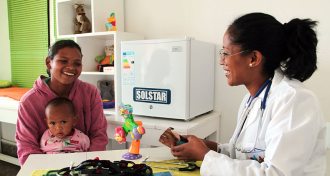 Science & Society
Science & SocietyLonger gaps between births can halve infant deaths in developing nations
Leaving more time between successive pregnancies matters for infant survival, but only in less-developed countries.
By Sujata Gupta -
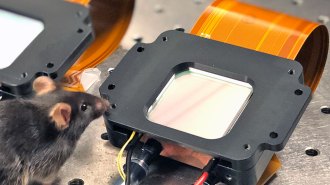 Health & Medicine
Health & MedicineManipulating nerve cells makes mice ‘see’ something that’s not there
Using optogenetics to stimulate about 20 nerve cells causes mice to perceive nonexistent vertical or horizontal lines.
-
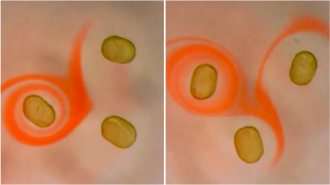 Materials Science
Materials SciencePermanent liquid magnets have now been created in the lab
Magnets that generate persistent magnetic fields are usually solid. But new little bar magnets have the mechanical properties of liquids.
-
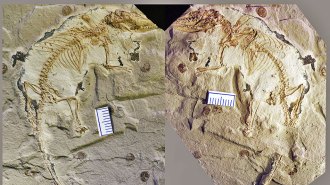 Paleontology
PaleontologyA flexible bone that helps mammals chew dates back to the Jurassic Period
A flexible bone that helps with chewing may have helped give rise to the Age of Mammals, a new fossil shows.
-
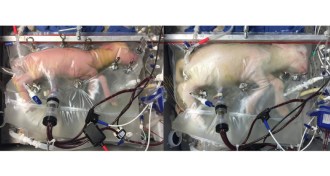 Tech
Tech50 years ago, lambs survived but didn’t thrive inside artificial wombs
Artificial wombs to support preemie babies are closer to reality.